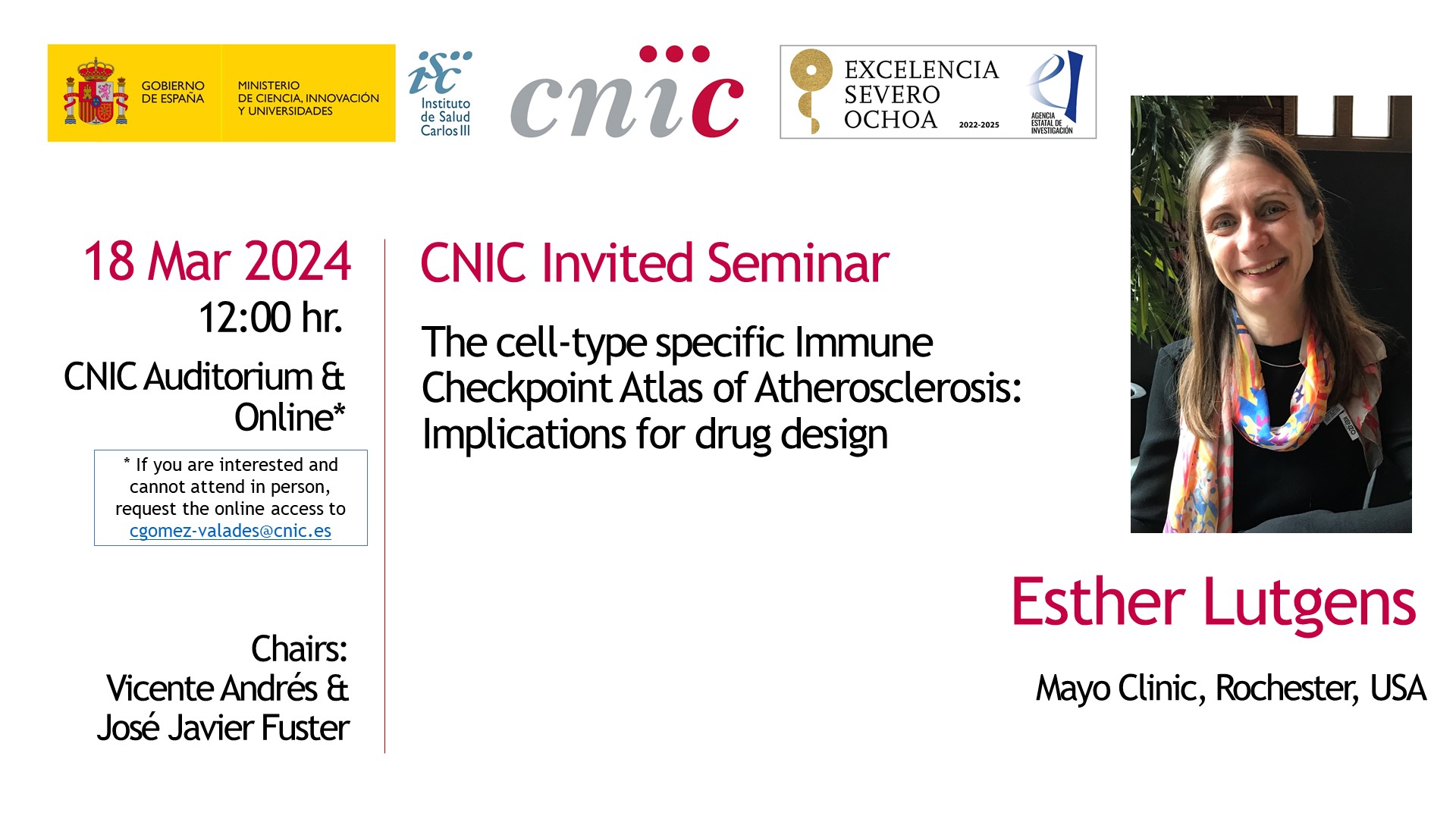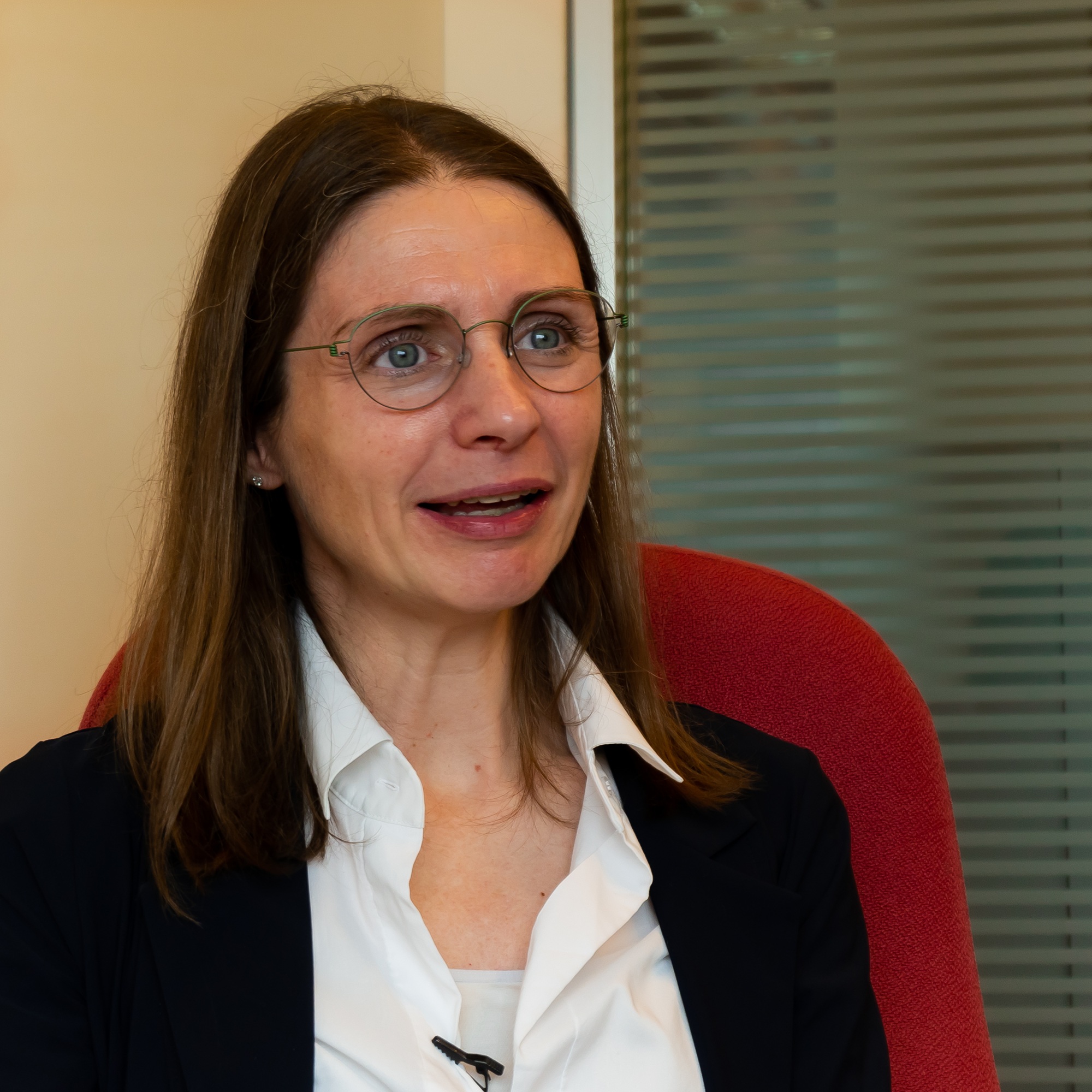Esther Lutgens: “Science is the best job there is”
Esther Lutgens is a foremost expert in experimental vascular immunopathology. She obtained her degree in science and medicine simultaneously aged 25. Lutgens went on to take postdoctoral fellowships at Harvard and Dartmouth. When she returned to the Netherlands in 2004, she set up her own laboratory within the Cardiovascular Research Institute Maastricht (CARIM) and become Full Professor aged 35.
Lutgens has been the recipient of many prestigious grants and funding including a Veni, Vidi, Vici grant and the Sofja Kovalevskaja award. In 2011, she became Full Professor at the Amsterdam University Medical Centre and in 2021, she joined the Mayo Clinic to lead the Experimental Vascular Immunopathology Laboratory.
Her research on the role of the immune system in atherosclerosis particularly focussed on the CD40-CD40L pathway was innovative. She founded Cartesio Therapeutics in order to pursue development of this research in the clinical field. As a committed mentor and teacher, she has guided many students and postdoctoral researchers on their successful careers.
- Can you briefly explain your approach to research in experimental cardiovascular immunology and its possible impact on health??
My focus is on immune system communicators, co-stimulatory and co-inhibitory molecules that determine whether an immune response worsens or attenuates. We have identified some that are crucial for atherosclerosis, like CD40. Blocking CD40 in mice significantly reduces atherosclerosis in the laboratory, but in humans it cause immunosuppression. Our aim is to solve this problem.
CD40 is expressed in the atherosclerotic plaque of many cell types, such as endothelial and smooth muscle cells. Each type of cell has different functions. If we understand the signalling pathway in each cell type, we can direct CD40 so that it reduces the atherosclerosis without compromising the immune system.
We have designed therapies that block the interaction between CD40 and TRAF6 in macrophages. This inhibitor reduces atherosclerosis in mice without suppressing the immune system. We are developing this therapy for clinical trials, using nanoparticles to make it more specific. We have already undertaken studies on large animals, and we are creating compounds suitable for clinical use.
- Regarding funding, is it easier in the United States than in Europe?
It’s different. In Europe there are more small awards. In the USA, the funding is for larger quantities but adapting to the system takes time. The probabilities of obtaining funding in the USA are greater thanks to funding from benefactors and internal bursaries like those of the Mayo Clinic.
- The therapies that are being designed are for when atherosclerosis is already present, would it be possible to direct CD4 before the disease progresses??
Yes, we can find the CD40 in early atherosclerosis. In mice, we focus on CD40-TRAF6 interactions both before presentation of atherosclerosis and after it has developed. In studies on prevention, we found out that focussing these interactions could prevent atherosclerosis. In mice that already had atherosclerosis, treatment slowed down progression. The lesions did not disappear, but they became more stable and less inflammatory. We are also testing this focus on animal models that already have atherosclerosis lesions to halt progression. We are also creating an atlas of the expression of cell-type specific co-stimulatory and co-inhibitory molecules at all stages of atherogenesis in mice and humans. We have found some new targets, like GITR, which belongs to the same family as CD40 but works differently. We are getting promising results with GITR, and we are starting to explore it in greater depth.
- In the future, could multiple targets be found to tackle the disease?
Certainly. The immune system is complex, and these molecules interact with each other. CD40 could be a key regulator, but there are more molecules involved.
Immunology has been sidelined for a long time, not in basic research, but in the application of interventions in the immune system for certain diseases
- It seems that immunology could solve many problems.
Immunology has been sidelined for a long time, not in basic research, but in the application of interventions in the immune system for certain diseases. The field of cancer triggered an interest in immunology thanks to the success of immunotherapy. All diseases involve the immune system. Current treatments for atherosclerosis are insufficient; they reduce the risk but don’t eliminate it. There is an enormous field to explore, and immunology could be the answer. Inflammation plays an important role, but we need definitive proof of its effectiveness. Nowadays business and researchers are making great efforts in immunology. Maybe immunology will be the next great answer.
- You are an immunologist, how or when did you come into contact with cardiovascular disease for the first time?
I was a medical student, and I ended up in a cardiovascular biology lab to do a project. I never left immunology. I completed my doctorate doing vascular research and I stayed in the field?o.
We have designed therapies that block the interaction between CD40 and TRAF6 in macrophages. This inhibitor reduces atherosclerosis in mice without suppressing the immune systems
- How about your work as a mentor??
I guide students on a daily basis. I enjoy seeing how they develop and become independent people. They bring new ideas and perspectives, which is one of the best parts of the job.
- Do you have any advice for students who are considering a career in science??
Science is the best job there is. They should always follow their heart. Try new things, take advantage of opportunities to work in international laboratories or in different fields and take their own decisions.
- What do you think of the CNIC?
I am a member of its Scientific Advisory Council. I admire its laboratories and the close collaboration between the researchers who work on cardiovascular diseases from different angles. Its emphasis on students, even at secondary school level, is impressive.












